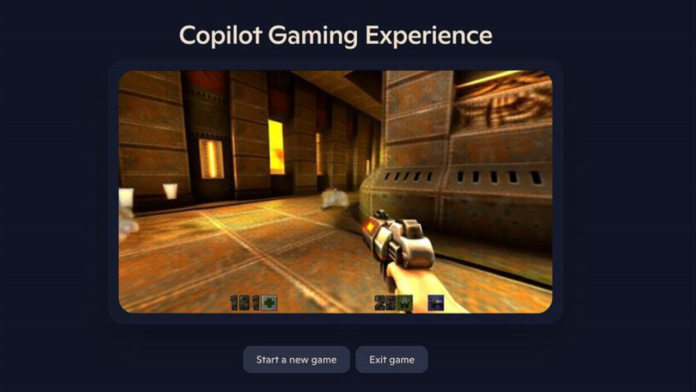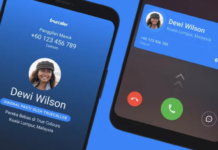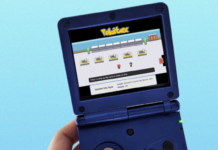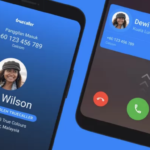Microsoft has launched a browser-based demo of Quake II powered by AI, giving users a glimpse into how artificial intelligence might influence the future of gaming. The experience is a short and quirky tech demo built to show off the capabilities of Microsoft’s Copilot AI platform, specifically how it interacts with classic game environments.
The demo is playable in your browser for a couple of minutes. You navigate a small slice of Quake II using basic keyboard controls. On the surface, it looks and feels familiar. You can walk around, shoot, jump, crouch, and even blow up barrels just like in the original game. But the similarities end there.
What Microsoft has created is not exactly a game remake. It is more of a research sandbox that uses its Muse family of AI models to simulate a playable world. As the company describes it, users are not just playing a game, but “playing the model.” The distinction is key because the AI is not running the original game code. Instead, it is generating a facsimile of Quake II’s world in real time based on what it has learned.
This makes the experience more experimental than entertaining. In a blog post, Microsoft researchers admitted that there are significant limitations. The enemies are vague and poorly defined, game elements frequently disappear when out of sight, and even basic elements like damage counters are often inaccurate. One of the more curious bugs is the lack of object permanence. If you look away from an object for just under a second, there is a good chance the AI will forget it was ever there. It might vanish entirely or behave in strange ways once you return your gaze.
Despite these issues, the demo does serve its purpose as a research showcase. It is a chance to see how an AI model interprets and reconstructs a familiar game environment from scratch. You can even exploit the model’s flaws to your advantage. For example, looking at the floor and back up might reset or respawn enemies. Looking at the sky might allow you to skip parts of the level or teleport to new areas. It is not consistent, but it adds a strange layer of surprise to the experience.
Microsoft’s acquisition of ZeniMax, the parent company behind id Software and the Quake series, gives them the right to use Quake II in this way. It also gives them a well-known IP to experiment with publicly. The decision to use such an iconic game adds to the curiosity factor. Gamers who have fond memories of Quake II might find this version amusing, even if it falls far short of the real thing.
However, not everyone is convinced this is the right path forward. Writer and game designer Austin Walker shared a video of his experience with the demo and was not impressed. In his recording, he spent most of the time stuck in a dark room, unable to progress. He pointed out that the core of what makes games interesting is not just the visuals or mechanics, but the unpredictable interactions between a game’s code, design, and systems.
Walker also pushed back on comments from Microsoft Gaming CEO Phil Spencer, who recently suggested that AI could help preserve old games by making them easier to port across platforms. In Walker’s view, that overlooks what gives classic games their staying power. If an AI model simply mimics the appearance of a game without replicating its underlying logic and systems, it risks stripping out the very elements that made it special in the first place.
He argues that games are not just about what you see on screen. They are about how the different layers of a game engine, level design, physics, and scripting come together to create moments that feel alive and unexpected. AI simulations may capture the surface but miss the depth.
Even with its shortcomings, the Quake II demo marks a step toward exploring how generative AI might shape gaming in the future. Microsoft is clear that this is not a finished product but rather a research tool. It is meant to spark conversation and test the boundaries of current AI capabilities in interactive environments.
Whether this approach becomes a useful method for game development or preservation remains to be seen. For now, the AI version of Quake II offers a fun, strange, and sometimes frustrating peek into what it looks like when you let a machine imagine a video game world.












